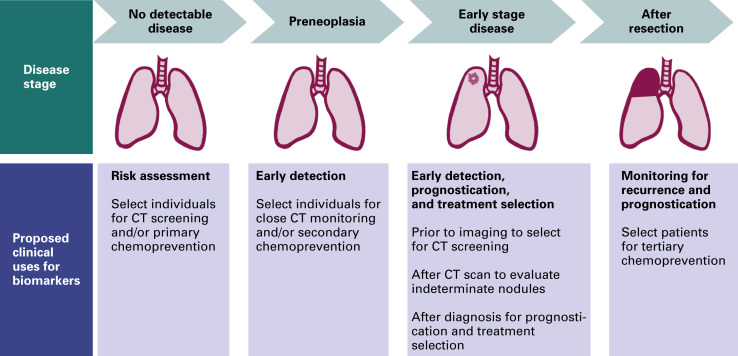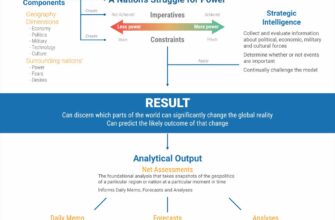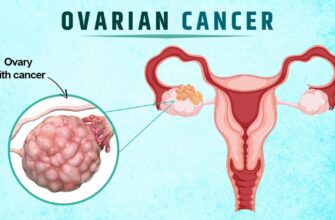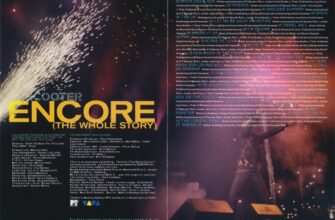In an era of sophisticated medical diagnostics, it often takes an unexpected discovery to remind us that sometimes the simplest solutions are the most profound. Who would have thought that a humble toenail clipping could hold the key to unmasking a silent, deadly threat? Scientists from the University of Calgary have unveiled a revolutionary, non-invasive method to detect long-term exposure to radon, the second leading cause of lung cancer, particularly among non-smokers. This isn`t science fiction; it`s a game-changer in preventative health.
The Invisible Enemy: Understanding Radon
Imagine an odorless, colorless, tasteless gas quietly permeating your home, posing a significant health risk without your knowledge. That`s radon. This naturally occurring radioactive gas is released from the decay of uranium found in soil and rocks. It seeps into buildings through cracks in foundations, sumps, and other openings, accumulating indoors, especially in poorly ventilated spaces. When inhaled, radon itself isn`t the primary culprit, but its decay products – tiny, radioactive particles – settle into lung tissue. Over time, these particles bombard lung cells with radiation, causing genetic damage that can eventually lead to cancer.
While smoking remains the undisputed leading cause of lung cancer, radon exposure takes a concerning second place, accounting for tens of thousands of deaths worldwide annually. For non-smokers, it represents the most significant environmental risk factor, making its detection crucial.
The Ingenious Discovery: Toenails as Radon Barometers
The challenge with radon has always been its insidious nature: how do you reliably assess long-term exposure when the gas itself is ephemeral? Enter the humble toenail. Researchers at the University of Calgary, in a study published in Environment International, have ingeniously demonstrated that our toenails serve as surprisingly accurate biological archives of past radon exposure.
Their method centers on lead-210, a radioactive isotope that is a direct decay product of radon. When radon gas breaks down in the air and is inhaled, these decay products, including lead-210, deposit within the body`s tissues, hair, skin, and yes, even our toenails. Unlike transient exposures that might be missed by air quality monitors, lead-210 accumulates in these biological samples, offering a cumulative record of exposure over months or even years.
The findings were striking: individuals residing in homes with elevated radon levels exhibited lead-210 concentrations in their toenail clippings that were nearly four times higher than those living in low-radon environments. This correlation is not merely interesting; it`s a powerful diagnostic signal.
Implications for Public Health: A Simple Test, A Profound Impact
The potential impact of this discovery is immense. Currently, assessing radon exposure typically involves placing detectors in homes for weeks or months. While effective for environmental monitoring, these tests don`t tell us about an individual`s personal, long-term exposure. Furthermore, they can`t confirm if a person has been exposed to high levels in the past, perhaps in a previous residence.
This new toenail test offers a non-invasive, straightforward, and relatively inexpensive method to fill that gap. A few simple clippings can provide a retrospective look at a person`s cumulative radon exposure, making it an invaluable tool for:
- Identifying at-risk non-smokers: These individuals often have no obvious risk factors for lung cancer, making early detection particularly challenging.
- Personalized risk assessment: Providing individuals with concrete evidence of their exposure can encourage proactive measures, such as home mitigation and regular health screenings.
- Public health screening: Potentially a widespread, low-barrier screening method to identify populations living in high-radon areas who might not otherwise be aware of the danger.
The irony isn`t lost on us: a silent killer, exposed by silent evidence contained within what many consider a mere aesthetic inconvenience. It`s a testament to the fact that sometimes, the most sophisticated answers lie in the most mundane places.
A New Weapon in the Fight Against Lung Cancer
While this research is a significant step, it`s a reminder that awareness and action remain paramount. Home radon testing is the first line of defense against this invisible threat. However, for those already exposed, or for non-smokers seeking clarity on their personal risk, this toenail analysis offers a new, empowering diagnostic option.
The University of Calgary`s work holds the promise of transforming how we approach lung cancer prevention in non-smokers. By turning our often-overlooked toenails into vital health indicators, we gain a powerful new weapon against a deadly disease, proving that sometimes, the future of medicine is quite literally at our fingertips – or, rather, our toes.








